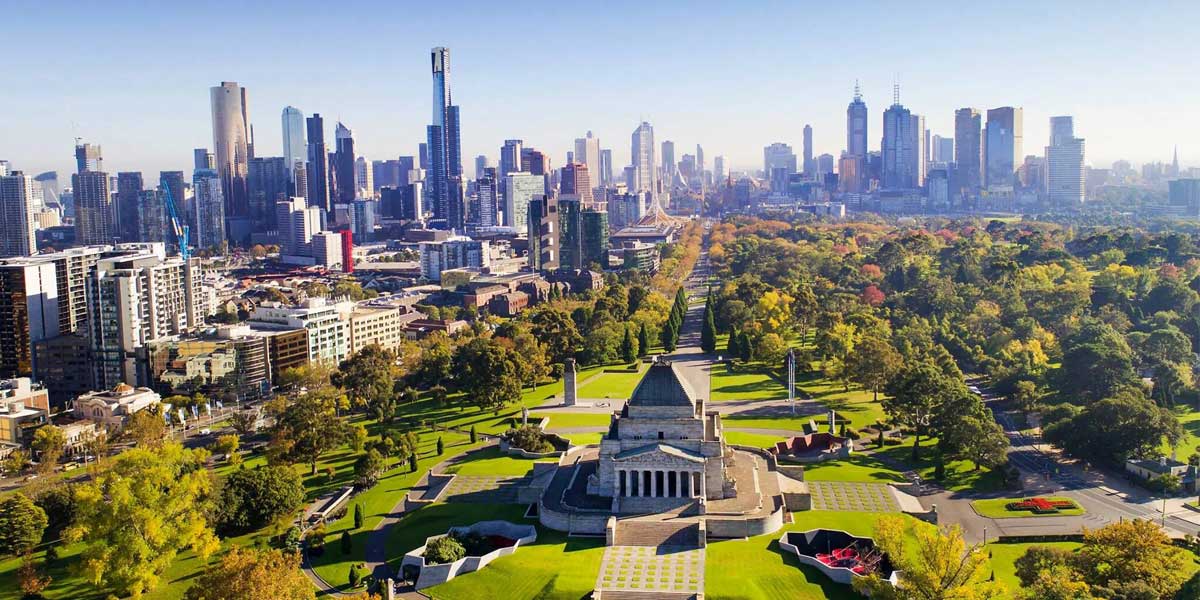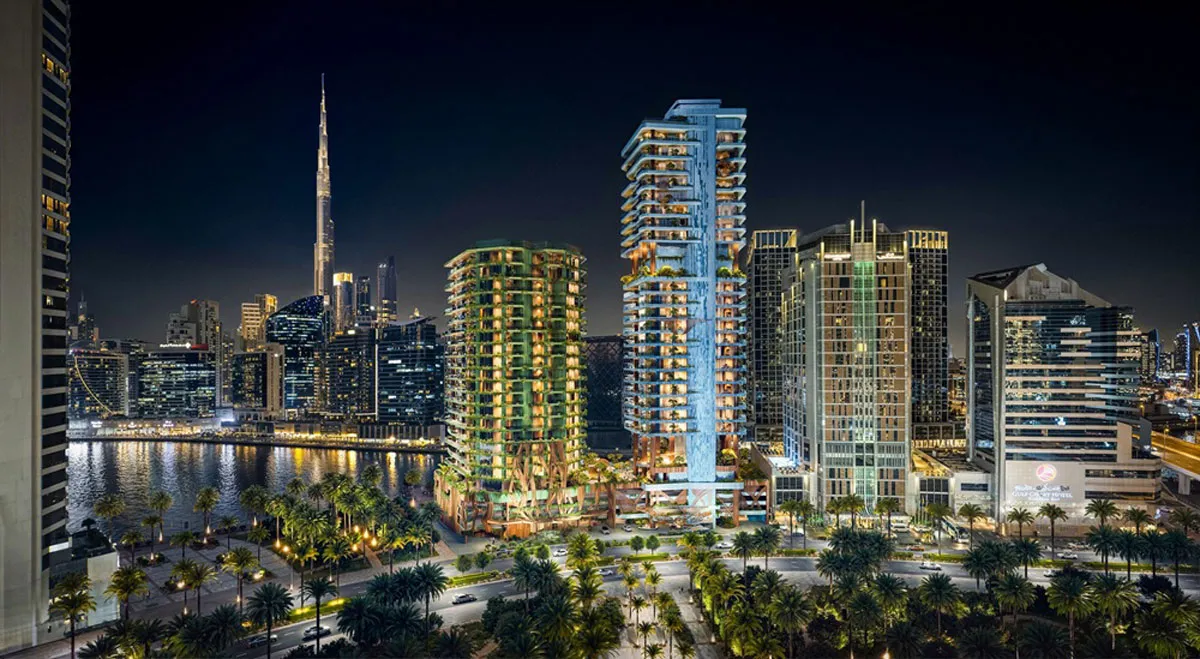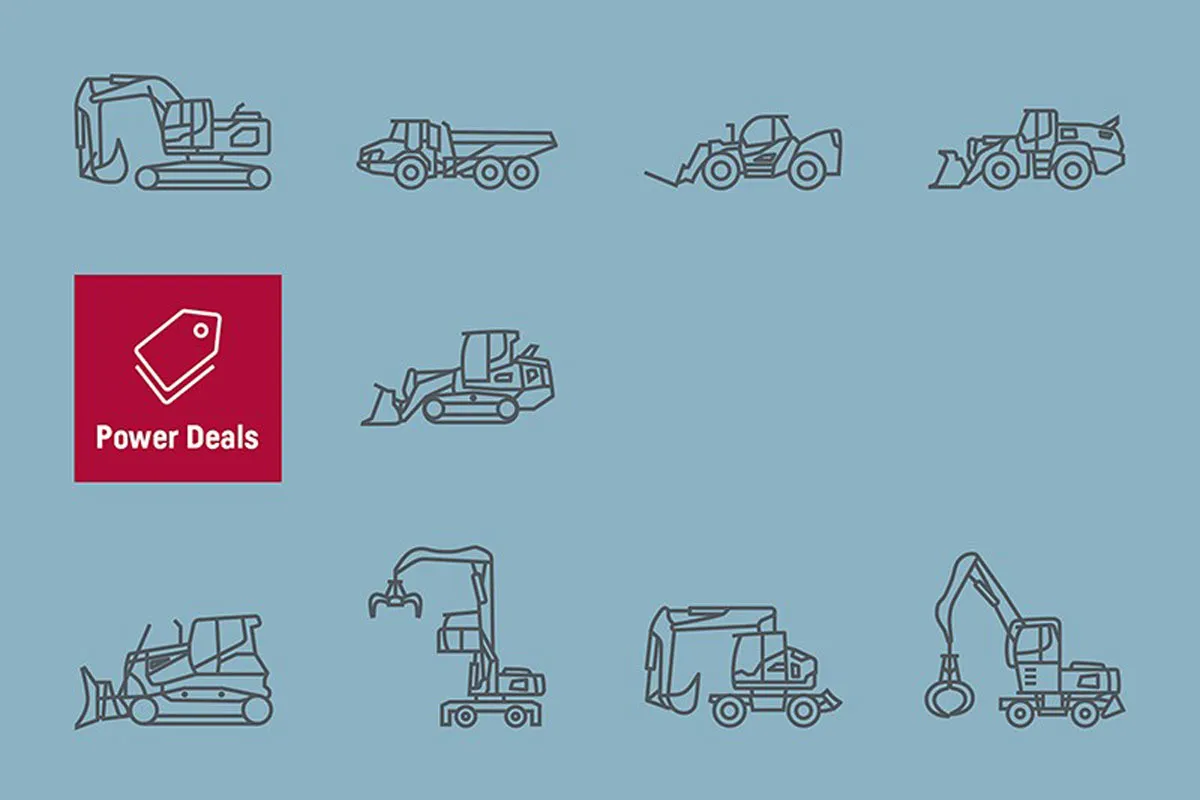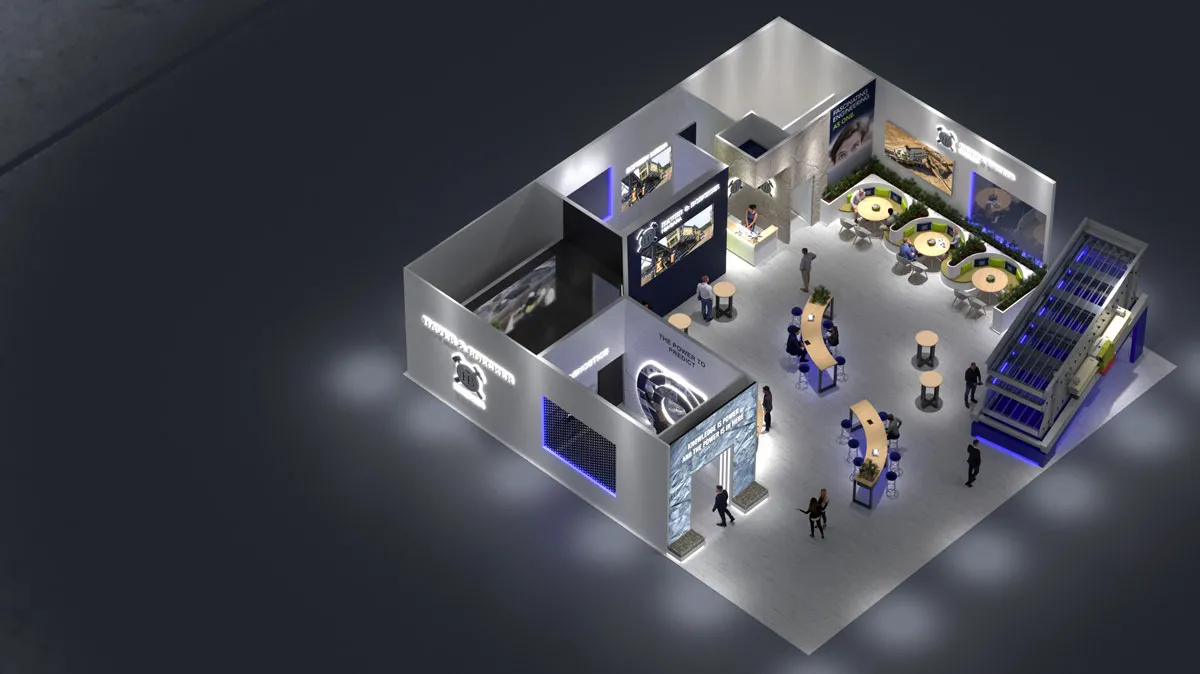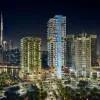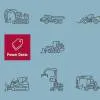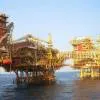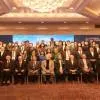Internationally renowned urban planner and architect Dikshu Kukreja travelled across the globe to shed light on tangible, and intangible, linkagesbetweencities and nations by interacting with leaders from various countries for a special series on TV channel WION. In the second of a series, CW presents excerpts from his conversation with Lord Mayor of Melbourne Sally Cappas they discuss the commonalities of the city and Kolkata, as well as his interaction with Mayor of RotterdamAhmed Aboutaleb as they delve into the historic and modern connections of the city and Kochi.
MELBOURNE &KOLKATA
Dikshu Kukreja (DK):Kolkata and Melbourne are the arts and culture capitals of their countries. They are also former capitals. There’s more. The first ship that arrived at Philip Bay with the view of establishing a penal colony in Melbourne was actually namedCalcutta! To discover more, I welcome the honourable Lord Mayor of Melbourne, Ms Sally Capp.
Lord Mayor Sally Capp (SC):It’s a real honour to talk about our two cities. We have more events and festivals than any other city. And it really ranges from sports to cultural events, the arts and performance. Multiculturalism is a cornerstone of who we are and has added a lot of value to our city. What flair have migrants brought to the cultural landscape of Kolkata?
DK:Kolkata as a city has been able to attract migrants and visitors from all around the world. That has made an impact on its cultural landscape. Also, if we go back into history,most cities have come up along rivers and Kolkata is one such city. There is the old part of Howda on one side of the Hooghly River and the British came and inhabited the other side, which has slowly expanded. We have many elements like the Victoria Memorial and, of course, the iconic and fascinating Howda Bridge, which has been built without any nuts and bolts. In Melbourne, you have the Yarra River and I hear there's proposed riverfront development.
SC:The North Bank of our Yarra River is neglected; it's underappreciated, underutilised and underinvested. But it is now going to be a showpiece for our city. We are rejuvenating the North Bank with a 4-km promenade for pedestrians and cyclistsas part of the ‘Birrarung Strategy’ that will connect new, green, open spaces. It’svery much a nature walk in the middle of our city. We're inspired by the Highline project in New York. It’s about taking existing urban infrastructure and rejuvenating and transforming that part of the city. Highline has become not just an oasis for locals but the No. 1 visitor attraction.
DK: Another passion Kolkata shares with Melbourne is sports. Please share a little about the world-class sports infrastructure Melbourne has created.
SC: Well, we're sports nuts. So whether you are involved in playing a local game of cricket or at the MCG, the biggest stadium in the world with a 100,000 people watching an international test series, we have it all here in Melbourne. We're the only city in the world actually that hosts both a tennis Grand Slam competition at Rod Laver Arena in Melbourne Park, which has three arenas with closable roofs, and a Formula One Grand Prix.
DK: Both Kolkata and Melbourne have been growing, posing challenges for infrastructure and sustainable survival. In Kolkata, for instance, one tends towards high rises, going more vertical and densifying the city as there is a limited land quotient. How is Melbourne coping?
SC: In our city centre, 84 per cent of residents live in high rises and more and more people are understanding the benefits of apartment living when, traditionally, Australia has been very much about a big house and a white picket fence. One of the reasons it has become more appealing is proximity to work, education, health services, leisure. We want people to live in an environment where they can, within 20 minutes, walk to all those aspects of their lives. So, our planning and schemes have changed dramatically to accommodate and nurture mixed-use developments. It is environmental and economic sustainability and it’s better as a community to be more closely connected.
DK:Another thing slowly coming up in Indian cities nowis the concept of transit-oriented development. Kolkata, incidentally, is the only Indian city that still has trams running. I know Melbourne also has a mass commute tram system. Kolkata also saw the metro, the mass transit system, being introduced in India. Public transit is essential to make our cities more liveable. Which brings me to another serious concern: climate change. In India, we are taking it quite seriously. While urbanisation is continuously increasing, we are making global commitments. I believe the time has come for cities to start sharing knowledge about solutions.
SC: We have declared a climate and biodiversity emergency here in Melbourne and we've set ambitious targets to use 100 per cent renewable energy by 2030 and have zero net carbon emissions by 2040. We have already transitioned to using 100 percent renewable energy within the city of Melbourne. Our streetlights, every elliptical machine in a gym, our libraries, our government buildings are all powered 100 per cent by renewable energy and we've now partnered with many other big users of energy across the city to join in a power purchasing agreement for wind power. It really starts with our community making it a priority, whichhas given us the license to initiate and invest in many programmes to help us achieve our targets.
In conclusion, Dikshu Kukreja says,“Even though Kolkata has 10 times the population density and Melbourne has 500 times the land, it is the characteristics of the people that make it a shared identity. Situated next to important rivers, both cities have worked relentlessly to preserve the equalising qualities that the Hooghly and Yarra bring and share a passion for sports, food and culture. My conversation has revealed the value of shared knowledge and creating solutions that benefit not just the context they are set in but also those who may learn from their example.”
ROTTERDAM &KOCHI
DikshuKukreja (DK):The Dutch East India company had its presence in parts of India for more than 200 years. Today, Rotterdam and Kochi are important seaports and commercial centres; both enrich and elevate the socioeconomic conditions of surrounding regions by catalysing trade and tourism. Rotterdam is looked upon as a successful city owing to experimental urban planning interventions. And Kochi, despite cyclical change in power, ideologies and cultural paradigm shifts, has retained its values from the days of old. The architecture here stands witness to the story of the city as it is and was once captured in the eyes of seafaring men who came to the green acres of Malabar for trade, but stayed for so much more. We have in our midst to compare notes on the two cities Mr. Ahmed Aboutaleb, Mayor of Rotterdam. Thank you very much for being able to bring the two cities of Rotterdam and Kochi closer. Kochi, the Queen of the Arabian Sea from ancient times, has been a melting pot of influences from different parts of the world, including the Dutch. Rotterdam and the Netherlands at large have set out on great journeys and influenced far reaches of the world. Your excellent global outreach, including being an active member of the C 40 cities and the hundred resilient cities of the world, is a fine example. How have the cultural values of Rotterdam been influenced by years of exploration and partnering with global communities?
Mayor Ahmed Aboutaleb (AA): There are positive elements of being a global city having open borders with the world, and being a port city, collaborating with a lot of cities in the world to create wealth and international friends and collaboration. So, the international orientation of the Netherlands and of my city, my port, is a very positive contributor. But we have also a black page in history concerning the role of Dutch maritime traders in slavery.
DK: Oneaspect both cities face as a challenge today is climate change. And the two cities have been at the forefront of taking certain actions. Rotterdam is regarded world over as being a vanguard in terms of tackling climate change. Tell us more about your initiatives.
AA: Tosurvive, we have been forced over the years to build high quality dykes and levees. That's why we invest a lot of money every year, mainly unseen by citizens. Just in my city and region, we're talking about approximately Euro 1 billion a year to make the dykes and levees stronger. We’realso creating water storage systems with water plazas and underneath parking garages to safeguard water during the rainfall and we also build outside the city border. Huge investments are underway in the port and outside for green roofs, solar systems and windmills. Oneof the windmills in the port is producing 12 mw of electricity.
DK: Rotterdam has also been a hotbed of modern architecture. I know that one-third or maybe even more of the city was destroyed by the Nazis during World War 2 and, after that, how it took the approach of not just recreating the same style of architecture but creating a very modern vocabulary.
AA: The Second World War was devastating. On the other hand, it gave a lot of space for architects, city developers and engineers to rethink the composition of the city in terms of where to build high-rise buildings, schools, green spaces and playgrounds, and what to do with the social environment like doctors, places for people to walk and cycle, shop, and go to the movies and theatre.So now we can endeavour to reduce the influence of the car and make it really an attractive, liveable place and increase the use of public transport.
DK:So, the architecture in Rotterdam has been very open, inviting experimentation with new ideas. What's interesting in Kochi is that it has been able to absorb different cultural influences and reflect that. You will see the Jewish quarter, the Dutch palaces, the Portuguese forts. All these coexist.You also see paintings by Dutch masters of the Kochi landscape and the Dutch influence in terms of agriculture and port construction. One question: How does a city like Rotterdam, or a country like Netherlands, allow citizens the opportunity to prosper? Because you went on to become an engineer, member of the Labour Party, and today mayor of Rotterdam. So how can cities be the engines of growth?
AA: I was born in a very poor family in Morocco, but that never dictated my destiny. In the Netherlands, I found financial support for education to get an opportunity to rise. Smart cities don't exist. You cannot create smart cities by thinking that your bridge,cablesor beautiful buildings are smart. Stones remain stupid. The only thing smart is citizens and one must invest in them. Education is the primary tool to develop talent.
In conclusion, Dikshu Kukreja says,“Kochi has a reputation as a city that fosters new innovations and solutions for its own betterment. It was the first city in India where traders and travellers from across the world set foot. It is also the world's first city to have a completely solar-powered airport. Similarly, Rotterdam is recognised world over for offering great solutions to climate change. Both cities are significant industrial sea ports and that has dictated the ebb and flow of the cultural currents here.”
